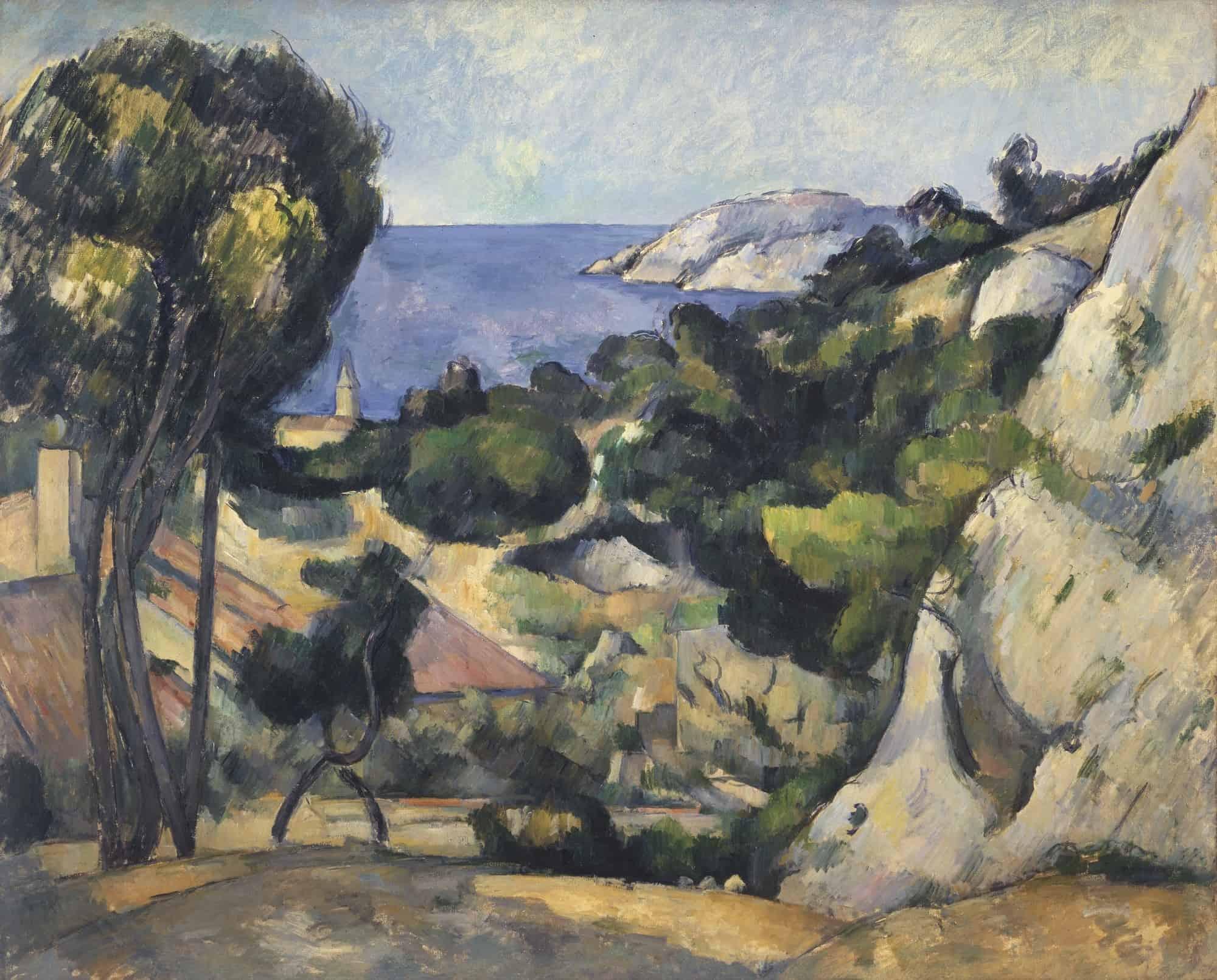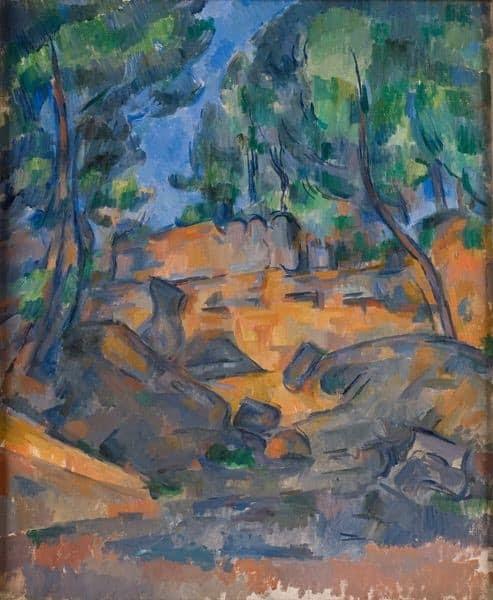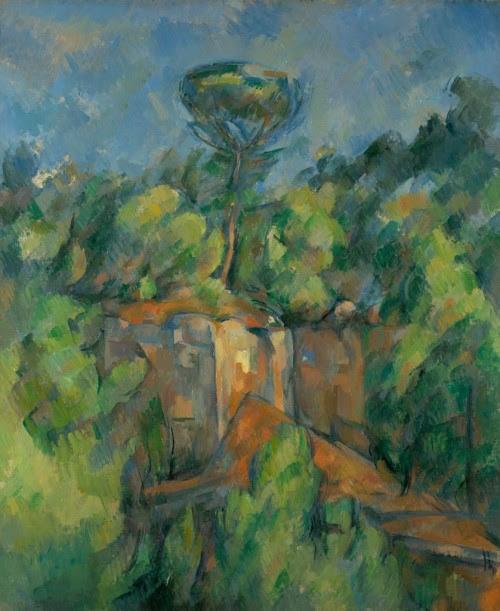Organized by the Princeton University Art Museum in association with the Royal Academy of Arts, London, Cézanne: The Rock and Quarry Paintings premieres in Princeton from March 7-June 14, 2020, before being shown in London from July 12-Oct. 18, 2020. The exhibition is curated by John Elderfield, who served from 2015 to 2019 as the inaugural Allen R. Adler, Class of 1967, distinguished curator and lecturer at the Princeton University Art Museum, and is chief curator emeritus of painting and sculpture at the Museum of Modern Art.
“This historic project highlights an essential body of work by a monumental artist that has not previously been the focus of such concentrated scholarship,” said James Steward, Nancy A. Nasher–David J. Haemisegger, Class of 1976, director. “The exhibition and publication of these profound, provocative and deeply rigorous compositions afford remarkable insights into the career of a canonical artist and are a fitting finale to John Elderfield’s time here at Princeton.”
With its rocky terrain, quarries and ancient stone caves, the landscape of Provence had been an established subject for plein air painters for more than a century before Cézanne began working outdoors there. His own interest in depicting geological formations dates to the mid-1860s, a period when changing theories about the evolution of the earth were in play. Cézanne and a close friend from his youth, Antoine-Fortuné Marion (1846-1900), who went on to become a noted geologist and paleontologist, first began painting the rocks on the Mediterranean coast and visited caves that had been used as prehistoric dwellings. Informed by these early experiences, Cézanne would explain that, when painting a landscape, he had to understand its underlying structure.



























